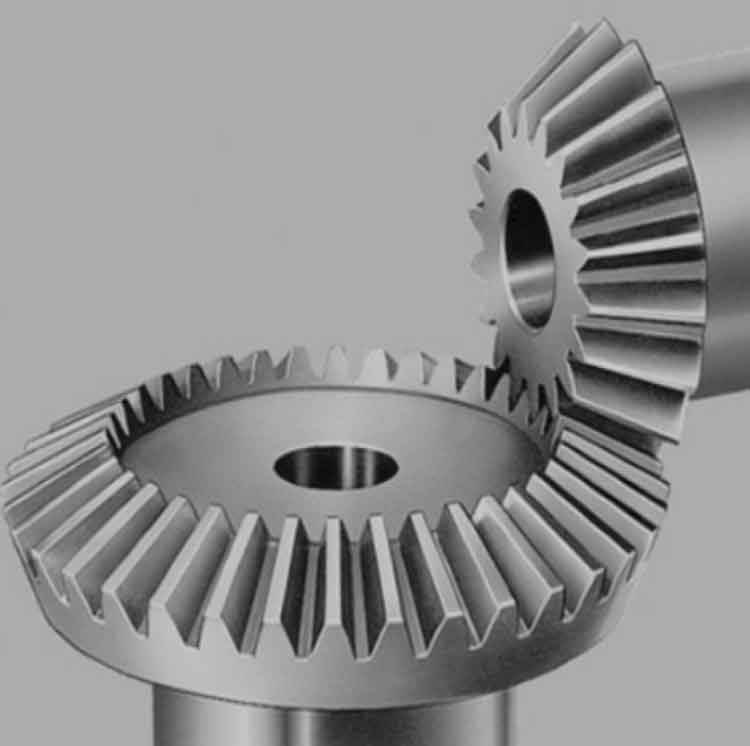
Precision manufacturing of straight bevel gears involves various techniques to ensure high accuracy and quality in gear production. Achieving tight tolerances and excellent surface finishes is crucial for the smooth operation and durability of straight bevel gears. However, precision manufacturing also presents unique challenges that need to be addressed. Here are some techniques and challenges associated with the precision manufacturing of straight bevel gears:
Techniques for Precision Manufacturing:
- CNC Machining: Computer Numerical Control (CNC) machining allows for precise control of cutting tools, resulting in accurate gear tooth profiles and surface finishes. CNC machines can produce complex geometries and high-quality straight bevel gears.
- Gear Hobbing: Gear hobbing is a widely used process for mass-producing straight bevel gears. It involves the use of a hobbing tool to cut the gear teeth progressively. Modern CNC hobbing machines can achieve high precision and repeatability.
- Gear Grinding: Gear grinding is employed to achieve very high accuracy in gear tooth profiles and surface finishes. It is a time-consuming process but ensures superior gear quality.
- Gear Lapping: Gear lapping is a superfinishing process that further improves the surface finish and tooth contact of straight bevel gears. It is used to achieve tight tolerances and reduce noise.
- Gear Shaping: Gear shaping is an alternative to gear hobbing, where a shaping tool generates the gear teeth in a single pass. It can be suitable for smaller production runs and specialized gear designs.
- Gear Measurement and Inspection: Advanced gear measurement tools, such as coordinate measuring machines (CMMs) and gear analyzers, are used to verify gear dimensions and tooth profiles, ensuring adherence to specifications.
Challenges in Precision Manufacturing:
- Tooth Profile Accuracy: Achieving precise tooth profiles with minimal deviations is challenging, especially for high-precision gears.
- Material Selection: Choosing the right gear material is crucial for both strength and machinability. Some high-performance materials can be difficult to machine, impacting the manufacturing process.
- Heat Treatment Distortion: Heat treatment is essential to enhance gear strength and wear resistance. However, it can lead to distortion, affecting gear accuracy.
- Gear Deformation: During the machining process, gears can undergo deformation due to clamping and cutting forces, affecting the final gear quality.
- Tool Wear: Cutting tools used in gear manufacturing may experience wear over time, impacting the accuracy of subsequent gear production.
- Cost and Lead Time: Precision manufacturing processes often require specialized equipment and skilled operators, resulting in higher costs and longer lead times.
To address these challenges, manufacturers employ advanced machinery, state-of-the-art inspection equipment, and skilled personnel. Design for manufacturability (DFM) practices and process optimization are also crucial to achieving precision in gear manufacturing. Tight process control and stringent quality assurance measures are applied throughout the production process to ensure that each gear meets the required specifications and quality standards.
